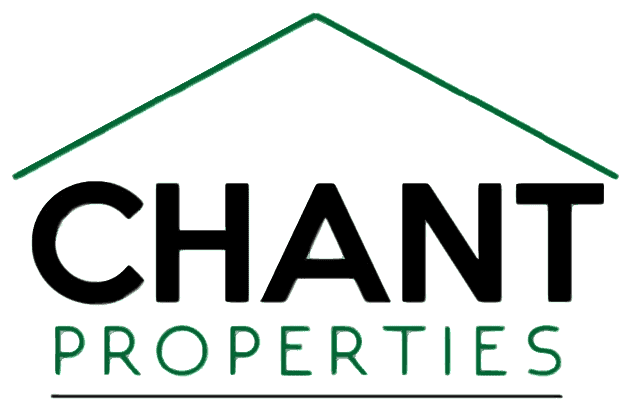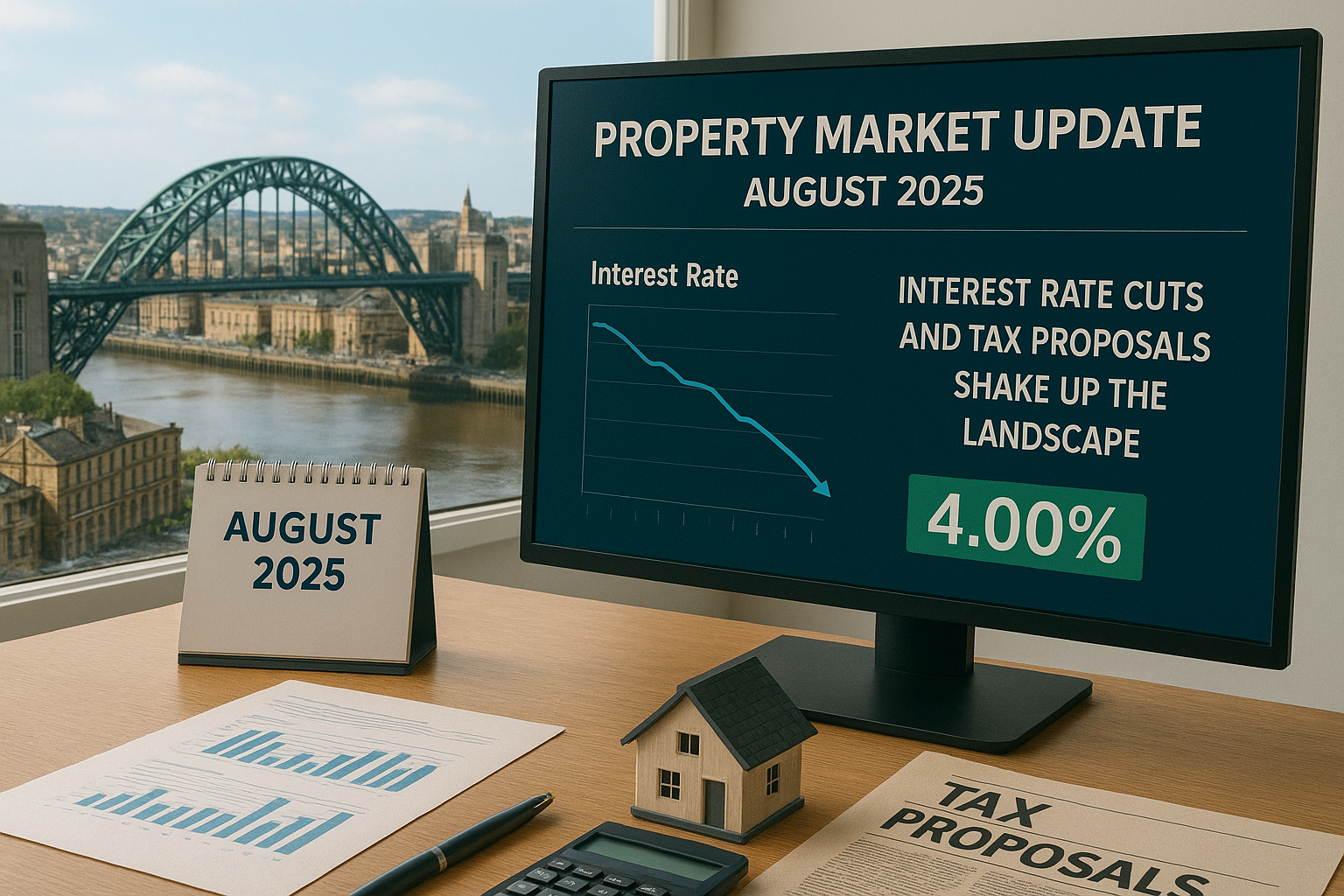By Chris Hunter
•
August 2, 2025
The market resets as prices dip, supply rises, and reform looms The property market is finally catching its breath. After years of volatility driven by inflation, interest rate hikes, and pandemic aftershocks, we're now seeing a more stable—though still competitive—landscape shaped by falling prices, improved affordability, and active policy debate. Here's what's happening across the UK housing market in July 2025: 📉 Asking Prices: A Historic July Dip This month, Rightmove reported that average asking prices fell by 1.2% to £373,709 , marking the steepest July decline in over two decades . Inner London saw the sharpest regional fall at –2.1% , followed by the South East ( Rightmove , The Guardian ). Despite this, buyer activity remained robust , with sales agreed up 5% year-on-year , showing that well-priced homes are still moving in today’s market. 🔍 Regional Overview North East England Annual house price inflation remained the strongest in North East England, at +6.3% to May 2025 — far above the national average Alastair Saville+6Office for National Statistics+6GOV.UK+6 . Asking prices rose by 1.2% in July, with average values around £196,844—one of the few regions showing resilience amid broader market softness. MoneyWeek+2Forbes+2MoneyWeek+2 . Strong rent inflation, at 9.7% year-on-year (June 2025), highlights continued demand for rental housing and supports investor interest Zoopla+3Office for National Statistics+3AInvest+3 . Property sales in hotspots like Newcastle and Sunderland continue to lead regional growth, with prices rising between 2%–5% annually in more affordable areas like Sunderland (£119K average) Office for National Statistics+13Zoopla+13AInvest+13 . Yorkshire & the Humber From the UK government data, Yorkshire posted the highest monthly house price increase in May (+2.4%), with year-on-year growth of 5.1% The Times+3AInvest+3HomeOwners Alliance+3 . North Yorkshire recorded average house prices of around £204,000 by May 2025, up from £194,000 a year earlier. Semi-detached homes rose the fastest (+6.4%), Office for National Statistics . Rental markets here remain more subdued compared to the North East: rental inflation in Yorkshire & the Humber averaged just 3.5% to June 2025 Savills+15Office for National Statistics+15guildproperty.co.uk+15 . 🏘️ Government Data: Prices and Transactions According to the ONS , the average UK house price rose by 3.9% in the 12 months to May , reaching £269,000 . Meanwhile, rents climbed 6.7% , driven by tight supply—particularly in the North East , which saw a staggering 9.7% rent increase ( ONS ). The Land Registry confirmed these trends, showing an average sale price of £268,652 in May, reflecting 1.1% annual growth , with newer data due in mid-September ( Land Registry ). Transaction activity also rebounded: HMRC reported 81,470 completed residential transactions in May , up 25% from April , but still 12% below May 2024 levels . Much of this is attributed to buyers rushing to beat stamp duty threshold changes in April ( HMRC ). 🏦 Mortgage Rates & Lending Affordability is gradually improving. The average two-year fixed mortgage rate fell to 4.53% , down from over 5.3% a year earlier. This equates to a monthly saving of around £150 for the average borrower ( The Guardian ). The Bank of England’s easing of affordability stress tests is also expected to unlock lending for an estimated 36,000 extra first-time buyers annually , making it easier for households with good credit but limited deposit capacity to enter the market ( The Guardian ). 🧱 New Builds & Rental Trends In the new-build sector, buyer demand remained strong in areas like Southampton (35% sold subject to contract) , Sheffield , and Bristol , while weaker interest was noted in Swansea and Liverpool ( WealthWise ). The rental market is bracing for transformation. The anticipated Renters’ Rights Bill , likely to pass in early 2026, would ban Section 21 evictions, cap rent hikes, and introduce an independent ombudsman. Some landlords warn this could restrict rental supply further and increase upward pressure on rents ( The Week ). ⚖️ Policy Pressure: Stamp Duty & Downsizer Relief Calls for stamp duty reform are growing louder. According to Rightmove, only 40% of homes now fall under the SDLT exemption threshold , down from 53% in 2017. The current thresholds are seen as outdated and a barrier to mobility ( FT ). There’s also a push to offer stamp duty relief for downsizers , with the potential to free up 2.5 million homes over five years , improving availability for younger families and first-time buyers ( Country Life ). 🔮 What’s Next? Forecasts for 2025 Rightmove cut its full-year house price forecast from +4% to +2% , citing competitive supply and affordability caps ( Rightmove ). Zoopla expects price growth to hold near 2.5% , focused mostly in affordable northern markets. Savills and others have downgraded 2025 expectations to just +1% , with recovery forecasts shifted toward 2026–2027 ( The Times ). ✅ Summary: A Market in Reset Mode The UK property market in July 2025 shows clear signs of recalibration: Prices are cooling, especially in the South, while demand remains resilient Affordability is improving, but buyers are increasingly price-sensitive Stock levels are rising, giving buyers more leverage Policy changes and lending reforms are reshaping the market For buyers and investors, this is a moment of opportunity—if you're prepared. For sellers, it's more important than ever to price realistically and understand local dynamics. The property market is finding its new balance after years of extremes. Those who understand these shifting dynamics will be best positioned to make smart decisions in the months ahead. Note: All facts and statistics in this report are accurate as of the publication date in July 2025. Property market conditions change frequently, so please verify the latest data before making any investment decisions.





